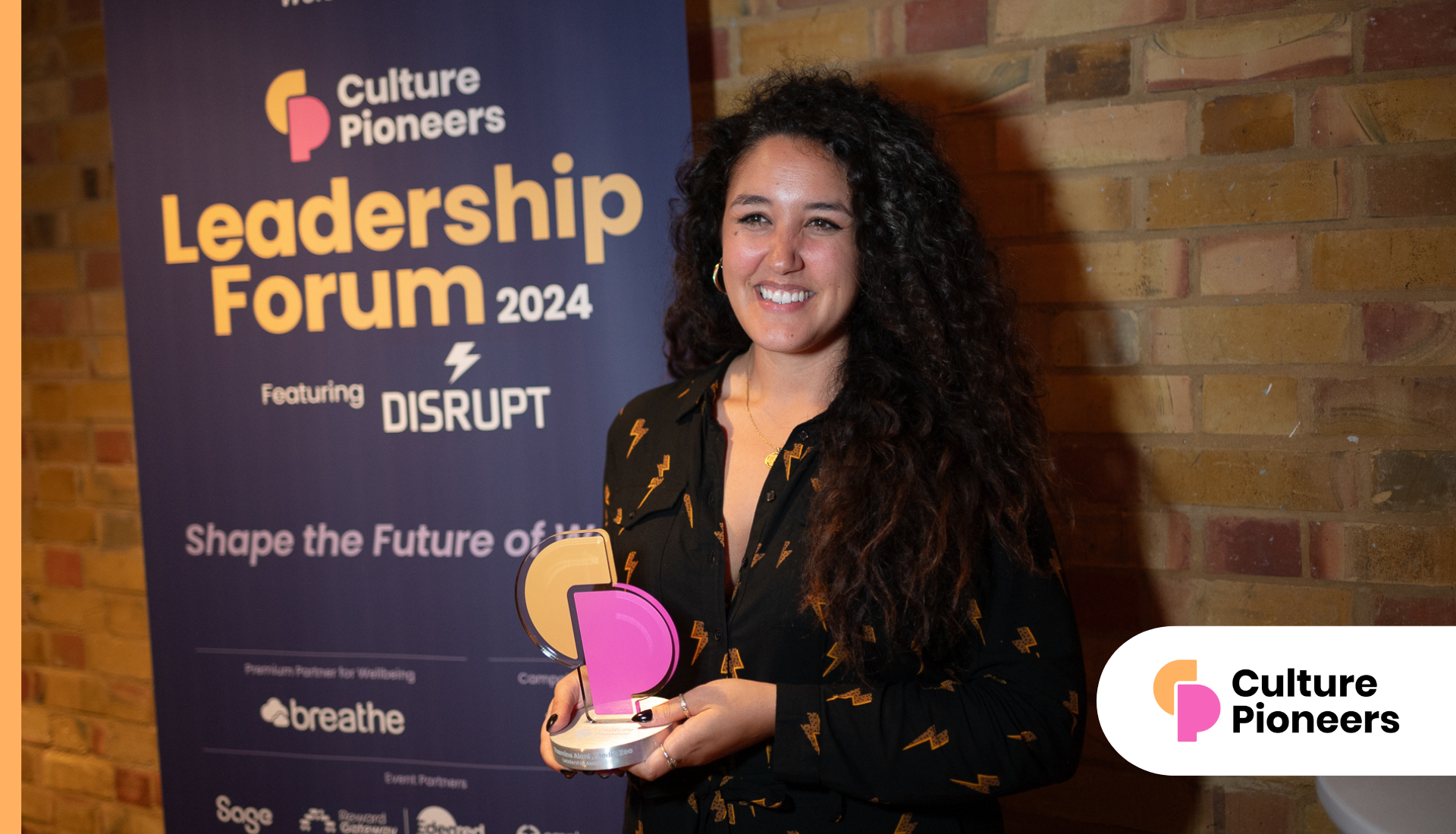Recognise This! – Knowing the mission, how to contribute and being empowered to do so drive employee happiness and innovation.
Regular readers know I’m a big proponent of Big Data – especially Big Data for HR. It’s catching on and in a big way. This article in the New York Times shares several examples of the benefits of workforce science, which it defines as:
“It adds a large dose of data analysis, a k a Big Data, to the field of human resource management, which has traditionally relied heavily on gut feel and established practice to guide hiring, promotion and career planning.”
In today’s workplace, we can and do measure much more than ever before. I’m not talking about employee surveillance (though that can be a component where appropriate), but rather about using the information we already gather in more effective ways. Says Erik Brynjolfsson, director of the Center for Digital Business at the Sloan School of Management at MIT, in the article:
“The heart of science is measurement. We’re seeing a revolution in measurement, and it will revolutionise organisational economics and personnel economics.”
So, what’s the data actually telling us about our workforces? Several examples shared in the article:
- Past performance isn’t a good indicator of future results.
- The personal warmth and quality of the supervisor is more important to employee results than the experience and attributes of the employees themselves.
- Being outgoing doesn’t make you a good salesperson. The ability to persist and keep going forward, even after being told no, does.
- At Google, the happiest and most innovative workers are those who “have a strong sense of mission about their work and who also feel they have much personal autonomy.”
Let’s look at just that Google finding more deeply for a moment. What makes Google employees happy? It’s not the free food or the amenities of the campus. What makes them innovative? It’s not predicated by their college degrees or prior accomplishments. No, happy and innovative employees at Google understand the big picture, know their role in helping to achieve it, and feel empowered to do so.
I know from the data gathered by our clients that this is true for the vast majority of employees in workplaces everywhere. Through their strategic, social employee recognition programmes, our clients gather (in a very positive way) a great deal of data on employee accomplishments and attitudes about work.
These are the 3 keys to happy, innovative employees:
- Understand the big picture – a mission statement on your website, hanging on your wall or even spelled out in your Employee Value Proposition is useless unless employees personally and individually understand what that means for them.
- Know their role in achieving the big picture – Understanding the mission is one thing, but knowing what I personally can do to help achieve it is entirely another. Making lofty goals real for employees in their daily work makes the corporate mission much more personal – and achievable. Specifically and in a timely way tell employees when and how they and their efforts are helping the company achieve the bigger mission.
- Are empowered to do so – Towers Watson, Hay Group, Bersin by Deloitte and others all tell us that companies who enable their employees have at least 2x higher engagement. Enablement includes communicating back to employees when and how they’ve achieved the mission.
Are you using workforce science analytics in your workplace? What results or conclusions are you able to draw?




